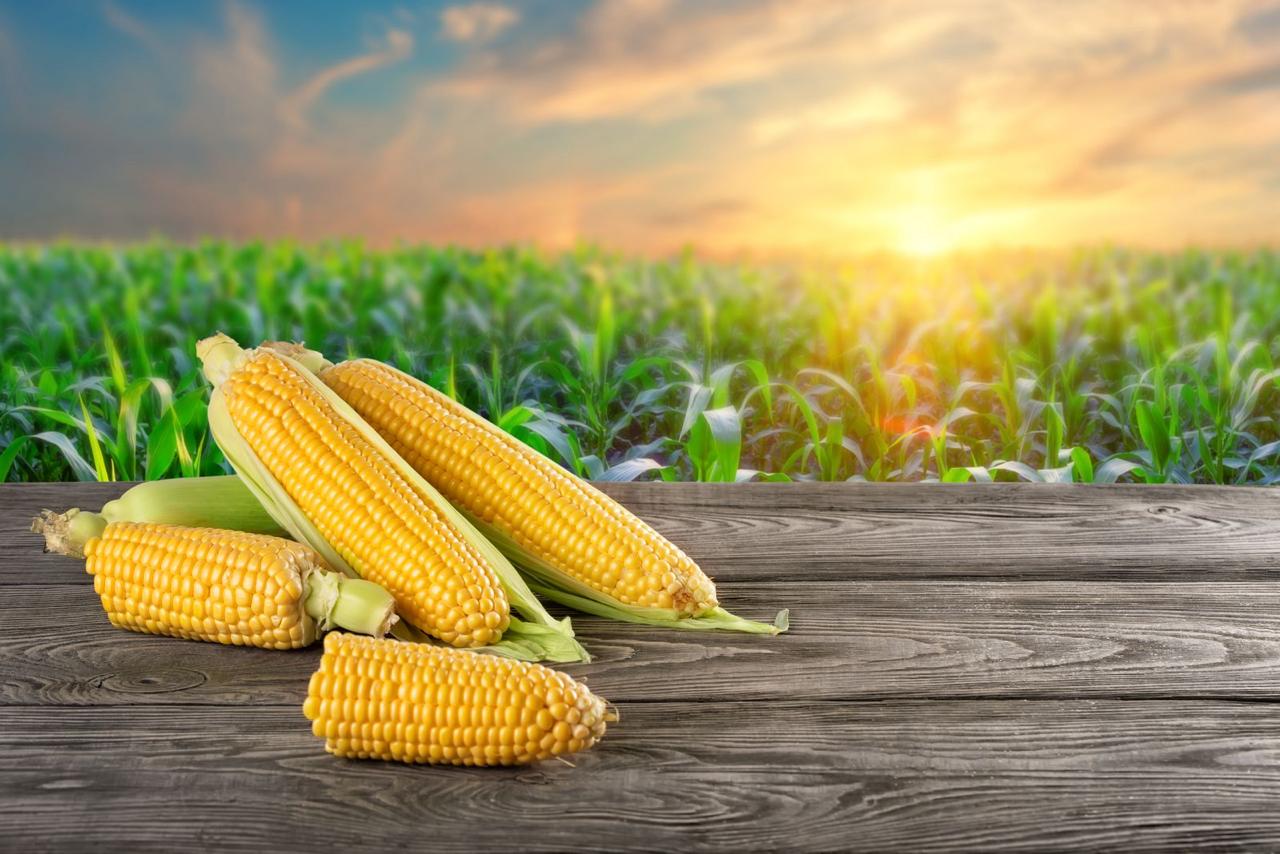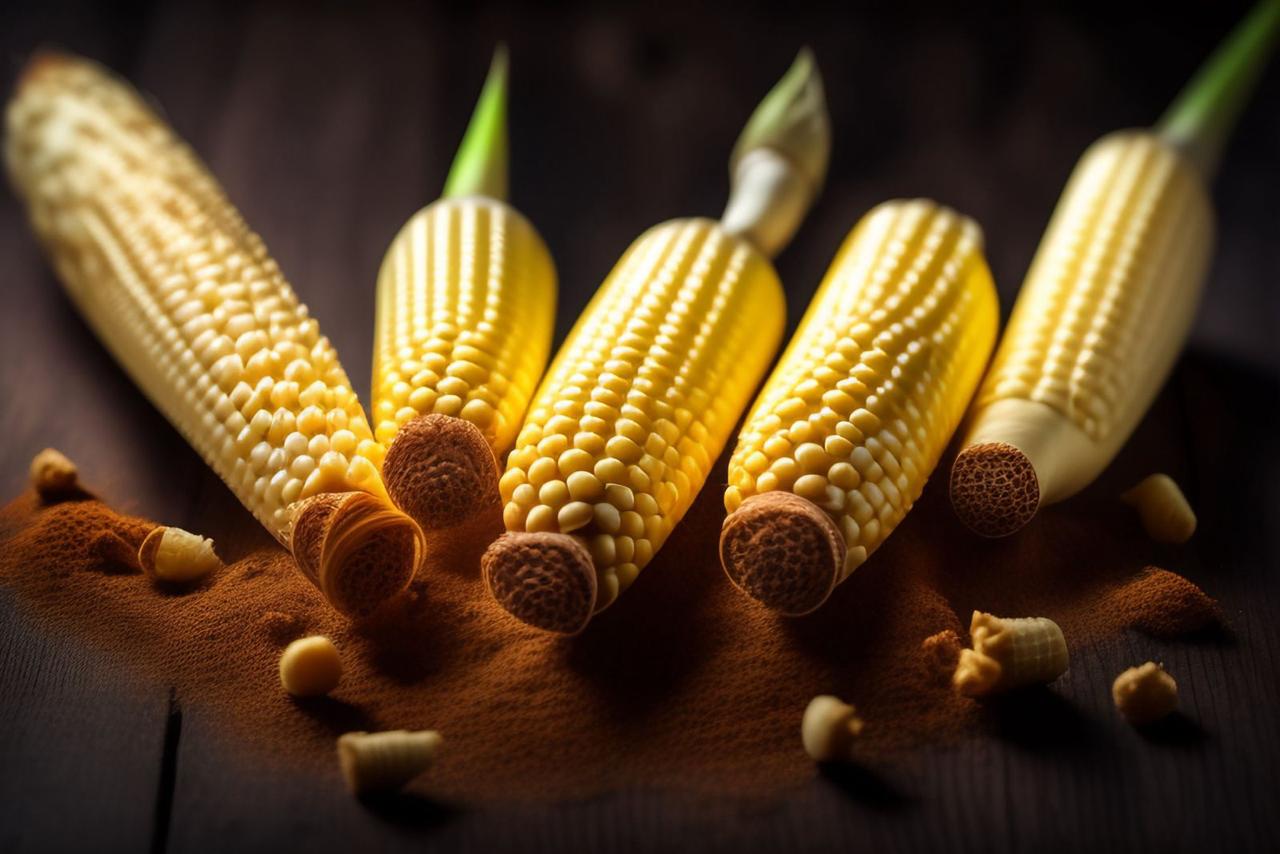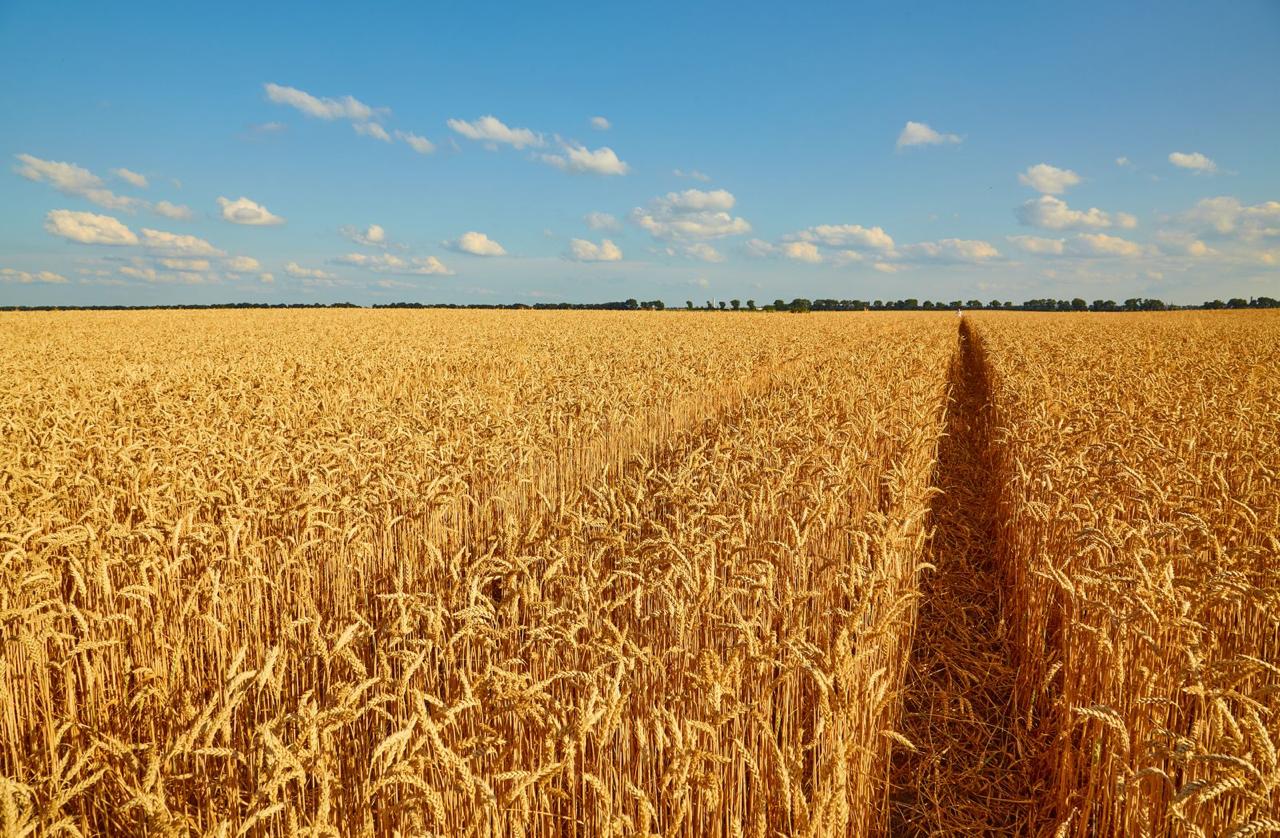Spring maize, a crop increasingly encroaching upon Punjab’s farmland and further depleting groundwater reserves, is emerging as a new threat — with paddy already there, deepening its roots across the state.
Once limited to 30,000 – 35,000 hectares, spring/summer maize has seen an unchecked rise in acreage over the past few years, though not tracked in official kharif crop data, Punjab Agricultural University (PAU) sources say it has already covered over 5 to 6 times more area.
Its water demands, however, are comparable to paddy, depending on soil type and sowing time.
Maize grown in the peak summer months often requires 12-19 rounds of irrigation in just 90- to 100-day time, placing immense pressure on the groundwater, already strained by decades of water-intensive rice cultivation.
Bucking the trend, Krishi Vigyan Kendra (KVK), Kapurthala, under the Directorate of Extension Education, PAU, Ludhiana, has launched a grassroots initiative to promote spring groundnut as a viable and water-saving alternative to spring maize.
Through demonstration plots across multiple villages, including Mothanwala, Jorjpur, Barindpur, Lohian Khas and others, KVK has shown that groundnut not only conserves water but also offers better returns than maize.
A ‘Field Day’ that can redefine Punjab’s cropping future
On June 9, a “Field Day” was organised in Mothawal village, showcasing the J-87 spring groundnut variety — known for its high yield potential, water efficiency and economic viability.
The event was attended by farmers, experts and policymakers, including Rajya Sabha member and environmentalist Balbir Singh Seechewal, who called spring groundnut an “ideal eco-friendly solution” to Punjab’s deepening environmental crisis.
“It’s not just paddy, spring maize is also depleting Punjab’s groundwater,” Seechewal said. “Spring groundnut, with its low irrigation and fertiliser needs, presents a sustainable way forward.”
Farmers like Davinder Singh of Mothanwala bear testimony to the spring groundnut’s potential.
A spring maize grower, Singh allocated around 6.5 kanal (less than one acre) to groundnuts this year on an experimental basis, and found “groundnuts a far better option than spring maize”.
He said farmers need the government’s support for quality seed, appropriate machinery and robust marketing infrastructure to make groundnut cultivation viable on a large scale.
He also highlights the crop’s tremendous processing potential, noting its wide use — roasted peanuts, peanut butter and traditional sweets like gachak.
Alongside the J-87 variety, Singh also sowed TG-37A and TG-441 as a trial.
Despite a delay caused by seed unavailability, he is on track to achieve an impressive yield of 12-15 quintals per acre, using only four irrigations, compared to 16-17 for maize.
“After harvesting potatoes, I grow spring maize in 55 fields,” Singh said. “But this year I experimented with groundnuts. Next year onwards, I will cut the maize cultivation by half and gradually phase it out completely. Water saving is significant, and profits are better.”
However, Davinder Singh is not alone. This season, KVK conducted demonstrations on 10 farmers’ fields, including that of farmer Jarnail Singh, with harvest expected in the next two weeks.
The J-87 variety, which matures in 100-115 days, has shown yields up to 15.3 quintals per acre, requiring just 4-6 irrigations — a game-changer in Punjab’s light-textured sandy soils.
This experience clearly shows that spring groundnut not only consumes significantly less water but also offers higher profitability, particularly when cultivated in suitable soil types.
Dr Harinder Singh, Associate Director (Training), KVK, Kapurthala, reminded attendees that groundnut once covered over 12,000 hectares in Kapurthala alone during the 1980s.
However, shifts toward paddy and spring maize have since pushed the state into an unsustainable cycle of water-intensive cropping.
Today, Kapurthala sees over 16,000 hectares under these (spring maize) high-input crops, often with >300% cropping intensity, leading to extreme groundwater stress.
“Including groundnut after potato could save thousands of litres of water per acre, enrich the soil, and suppress diseases in the next horticultural cycle,” said Dr Mandeep Singh, Assistant Prof at KVK, adding that “it is a highly remunerative option with low resources, input cost as a successful demonstration in various villages of Kapurthala and Jalandhar district gave farmers huge confidence.
Also, the best part of this crop is that it can be grown as a substitute for another water-guzzling paddy crop, which is sown soon after the harvesting of spring maize in Punjab.
The residue of this crop is one of the best diets for both horses and goats, and farmers can sell it for Rs 1,200 to Rs 1,300 per ‘quintal.”
“We are pushing for the development of seed banks, local procurement centres and value-addition infrastructure like oil extraction and peanut butter units to make groundnut commercially viable,” he added.
Dr Gagandeep Dhawan of soil science explained how biological nitrogen fixation by groundnut (25-60 kg N/ha) reduces the need for urea, enhancing soil microbial health and long-term fertility.
Dr Suman Kumari of plant protection also shared Integrated Pest Management (IPM) strategies to deal with pests like aphids, thrips and white grubs, ensuring the crop remains ecologically balanced and productive.
Dr Jaspal Singh, Agricultural Development Officer, Sultanpur Lodhi, said, “Punjab cannot afford another water-guzzling cropping trend. The unregulated spread of spring maize can worsen the water crisis in ways not yet fully visible on the surface. Groundnut, once forgotten, is offering a lifeline.”
“This is not just about profits. It’s about the future of farming in Punjab,” said Dr Tarsem Singh Dhillon, Additional Director of Extension Education at PAU. “Spring groundnut has the potential to be more than just a crop — it can be a pillar of sustainable agriculture.”
If the state wants to avoid repeating the mistakes of the paddy era, then it must invest now in policy, infrastructure, and farmer awareness to support this vital transition.
















